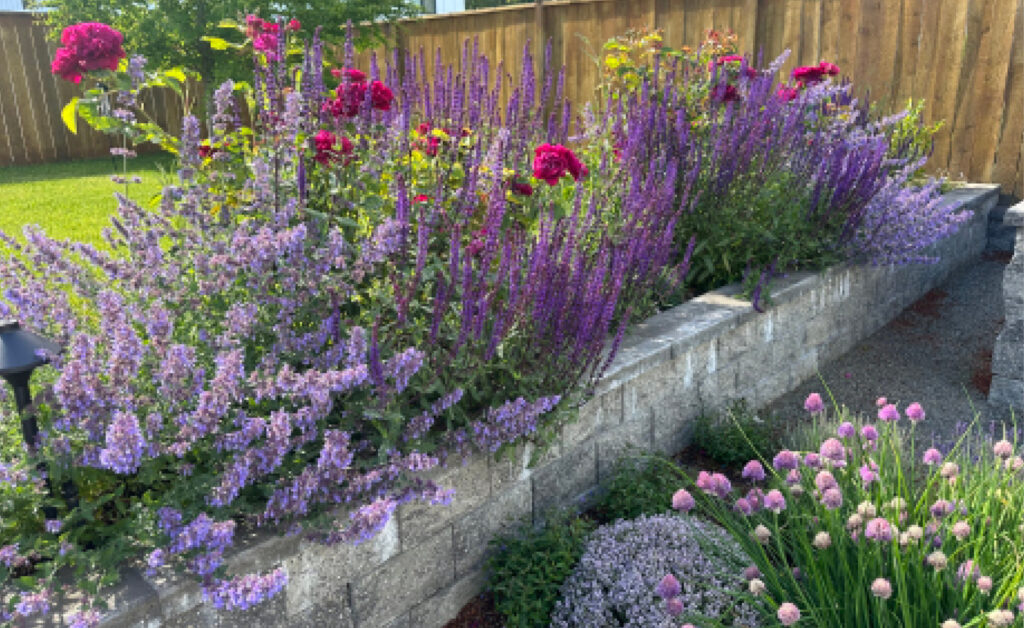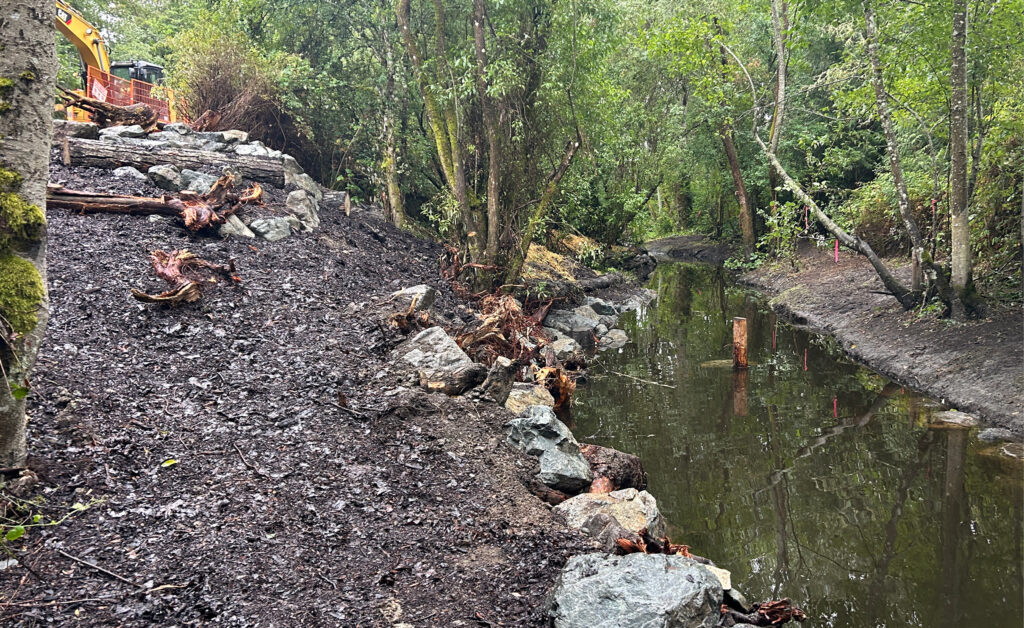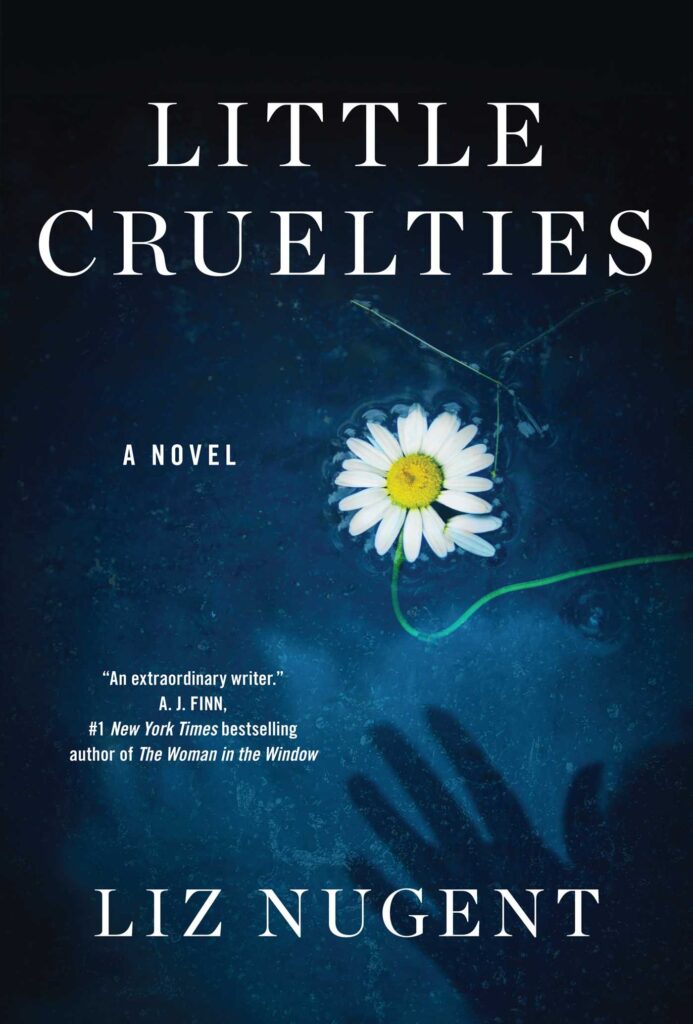Words & Photos Lauren LeBlanc, Eden Projects
Urban gardening is a time-honoured pastime here on the island. With it comes an exciting opportunity to support one of the most essential players in our food system – pollinators.
Bees, butterflies, hummingbirds and pollinating insects, often forgotten, are critical for growing juicy fruits and flavourful vegetables to enjoy. By creating pollinator-friendly gardens in cities, urban gardeners can help boost food production, protect biodiversity and add life and colour to their neighbourhoods. Whether you’re a city dweller, semi suburban or a little more rural, you can still apply these principles.
Why Urban Pollinator Gardens Matter
Pollinators are responsible for fertilizing over 75% of flowering plants and more than a third of the world’s food crops. Without their help, many of our favourite foods – like tomatoes, cucumbers, strawberries and apples – would struggle to grow or produce much smaller harvests.
But pollinator populations are in trouble. Habitat loss, pesticide use and climate change are driving steep declines, especially in urban areas where green spaces are limited. That’s where urban gardeners can make a big difference. Even small balcony gardens, community plots and rooftop planters can become pollinator havens.
How Pollinator Gardens Support Urban Food Production
In cities, space is tight and growing food efficiently is key. Pollinator gardens increase yields by attracting insects that improve pollination, especially for fruiting vegetables like peppers, squash, eggplants and companion perennials. Better pollination leads to bigger, healthier produce and more consistent harvests.
These gardens also support overall plant health by attracting beneficial insects that help control pests. Plus, a thriving pollinator population means better biodiversity and a more resilient urban ecosystem.
Designing a City-Smart Pollinator Garden
Creating a pollinator garden in an urban space is easy and rewarding. Here are some tips tailored for city gardeners:
- Choose Native Plants: Local flowers are best suited to your region’s climate and are more attractive to native pollinators. Look for bee balm, coneflowers, milkweed, lavender and goldenrod.
- Plant for Every Season: Include flowers that bloom in spring, summer and fall to give pollinators a steady food source all year long.
- Grow in Clumps: Group the same plants together in patches. This makes it easier for pollinators to find and feed from your garden.
- Avoid Pesticides: Use organic methods to manage pests. Many common pesticides are harmful to bees and butterflies, even in tiny amounts.
- Add Water and Shelter: A shallow dish with pebbles and water offers a much-needed drink, and undisturbed corners of soil or bundles of twigs can serve as nesting spots for solitary bees.
- Use Vertical Space: For balconies or rooftops, use hanging baskets, vertical planters or trellises to pack more pollinator-friendly plants into tight areas.
Urban pollinator gardens don’t just benefit the gardener – they support whole neighbourhoods. Schools, community gardens and public parks are excellent places to build pollinator-friendly spaces that educate and inspire. In fact, many cities now support “pollinator corridors” to connect green spaces and help insects move safely through urban areas.
For urban gardeners, growing food and supporting pollinators go hand-in-hand. A few pots of blooming flowers on a windowsill or a well-planned community garden can make a big difference. By planting with pollinators in mind, city dwellers can boost their harvests, protect local ecosystems, and help build a greener, more sustainable urban future.




